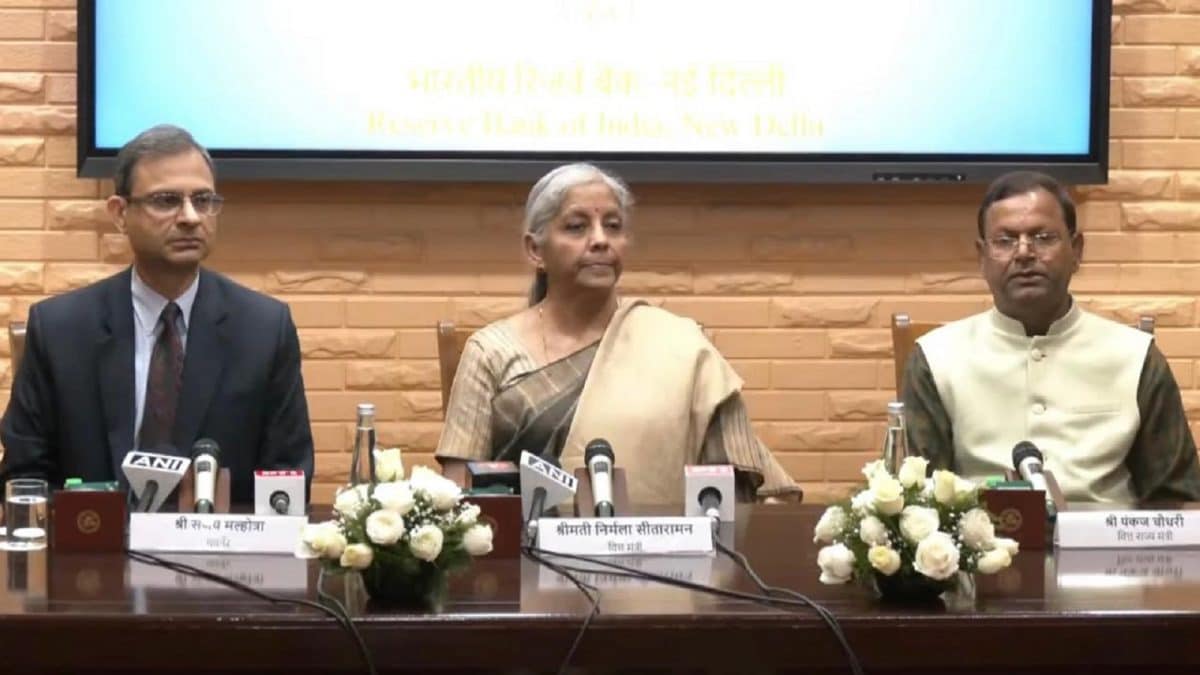 |
|
The Indian financial landscape is bracing for significant changes as the government and the Reserve Bank of India (RBI) prepare to tackle inflation and implement a new income tax bill. Finance Minister Nirmala Sitharaman's announcement of a coordinated approach between the government and RBI signals a concerted effort to stabilize the economy. The upcoming income tax bill, cleared by the Union Cabinet, is expected to be introduced in Parliament within the coming week. This legislative move underscores the government's commitment to fiscal reforms and its proactive approach to addressing economic challenges. The subsequent referral to a parliamentary standing committee indicates a robust and transparent legislative process, allowing for thorough scrutiny and potential amendments before final enactment. This approach contrasts with the potentially faster, but potentially less considered processes of passing bills directly. The implications of the new income tax bill are far-reaching, potentially impacting individual tax liabilities, corporate structures, and investment strategies. Its impact on the overall economic climate, both short-term and long-term, remains to be seen and is a subject of ongoing discussion among economists and analysts. The potential for both positive and negative impacts will need to be watched closely, as this will affect individuals and the nation as a whole.
The RBI's role in maintaining economic stability is paramount. Governor Sanjay Malhotra's statement regarding the rupee's value, emphasizing market forces as the determining factor, reflects a commitment to a flexible exchange rate regime. This approach deviates from interventionist strategies employed by some nations, implying a belief in the self-correcting nature of market mechanisms. The RBI's focus on providing liquidity to the financial sector underscores its preparedness to mitigate any potential disruptions or shocks to the market. Malhotra's comments on the relatively minor impact of rupee depreciation on inflation – estimating a 30-35 basis points increase for every 5% depreciation – suggest a degree of confidence in the RBI’s ability to manage inflationary pressures. However, this estimate assumes other market-based factors will hold steady, and may need to be reassessed as new information arrives. The central bank's incorporation of the current rupee-dollar exchange rate into its growth and inflation projections for the next fiscal year indicates a realistic and data-driven approach to policy-making. The interplay between the government’s fiscal policy and the RBI’s monetary policy, particularly their coordinated efforts to control inflation while maintaining economic growth, will be critical in the coming months. The success of this coordinated approach hinges on effective communication and data sharing between the two entities, ensuring that policies are complementary and not contradictory.
The joint press conference by the Finance Minister and the RBI Governor highlights the importance of transparency and collaboration between the government and the central bank in managing the economy. This collaborative approach builds trust and confidence among investors and the public, which is essential for economic stability. By openly addressing key economic issues, such as inflation and the rupee's value, the government and the RBI are fostering a more informed and engaged citizenry. The government's commitment to ease of credit, as mentioned by the RBI Governor, signals a desire to stimulate economic activity and encourage investment. However, this must be balanced with managing risks associated with excessive credit expansion. The success of these measures will require careful monitoring and adaptation of policies to suit changing economic conditions. Further, future analyses may be necessary to understand the full impact of this collaborative approach and to adjust future strategies as needed. The combined influence of the new tax bill and the RBI's policies on various sectors of the economy, including small and medium-sized businesses (SMBs), agriculture, manufacturing and services industries, demands careful evaluation and strategic planning. Ultimately, the ability to balance fiscal responsibility, monetary stability, and economic growth will determine the long-term success of the government's economic agenda.
